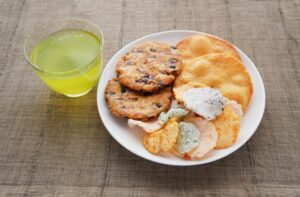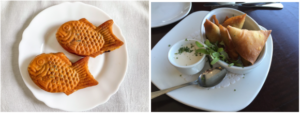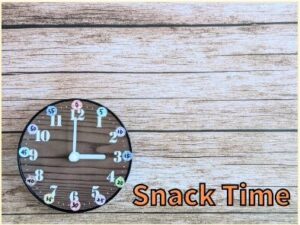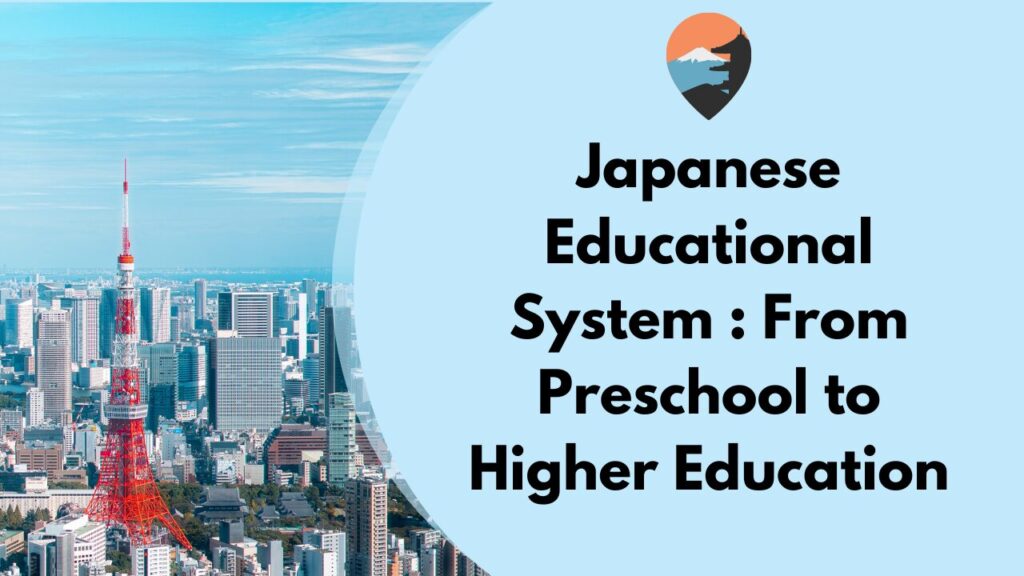In Indian preschools and in grades 1 and 2 of primary schools, there is a “snack time” at around 10 a.m. However, in Japan, snack time is typically observed only in nursery.
Diving into snack time and its connection to learning, this article reveals how Japanese and Indian schools differ. It looks at when and what students snack on and how it affects their ability to learn. By comparing these two cultures, we can understand better how snacks impact education.
What Japanese children eat in snack time?
Elementary school & junior high school students

Although elementary school and junior high school students in Japan don’t typically eat snacks at school, they eat snacks at home.
The most commonly consumed snacks among students are as follows :
<Elementary school students>
No. 1 snack foods (chips etc.)
No. 2 candy
No. 3 chocolate
No. 4 biscuits
No. 5 rice crackers
<Junior high school students>
No. 1 snack foods (chips etc.)
No. 2 chocolate
No. 3 candy
No. 4 sweet bread
No. 5 biscuits
Nursery

For young children in nursery schools, snack time is not just a time to eat what they like, but play an important role as “part of meals.”
Children at these ages are very active and need a lot of energy and nutrients to grow, but because their stomachs are small, they cannot eat a lot at once. It is difficult for children to get all the nutrition they need in a day with just three meals a day, like adults, so snacks play an important role.
For that reason, the snack menu is unlike the ones for elementary and junior high school students. They normally eat fruits, rice balls, bread with vegetables, etc. Sometimes snacks related to seasonal events are also served. Those snacks are often homemade on-site.
Why Japanese nurseries do not outsource snacks?

As of 2015, 90.7% of nurseries in Japan prepare snacks within their own facilities, with a minority opting to outsource snack-making to external organizations.
Some of the main reasons for preparing snacks at their own facilities are as below.
- To have comprehensive understanding of children’s needs
- To promote food education
Creating a holistic food experience for children through aromas, cooking process, and interaction with cooks.
- To maintain high quality of meal content.
Daily ingredient purchases by kindergarten enhance safety and security. - To coordinate with staff members involved in food-related roles such as cooking staff and nutritionists.
- To provide customized meals for different stages, allergies, etc.
- To provide comprehensive parenting support related to food
Japanese nurseries prefer in-house snack preparation to ensure integration with childcare, high meal quality, effective staff coordination, and enhanced food education. This approach supports the overall well-being and nutrition of children, fosters personalized meal provision, and promotes a positive relationship with food.
Effect of Snack Time on Learning
Does snack time affect learning?
Research conducted by Caroline R. Mahoney (2006) has examined the effect of snacks on learning. It is suggested that eating snacks can impact cognitive performance, and changes in energy intake and blood sugar levels are related to cognitive abilities. In simple terms, the timing of meals and the nutrients consumed can have an impact on the effectiveness and efficiency of learning.
There are differences in the effects of afternoon and morning snacks on cognition.
Effects of Afternoon Snacks
Research has shown that afternoon snacks can have various effects on cognitive performance. For example, some studies have reported that high-carbohydrate snacks in the afternoon can improve spatial memory and linguistic attention.
Effects of Morning Snacks
Morning snacks also have an impact on cognitive performance. For example, some studies have reported that morning snacks can improve attention.
Comparing Snack Time in India and Japan

Both Japan and India have distinct cultural practices regarding snack times, which may influence learning outcomes.
Japan
In Japan, the tradition of having snacks at 3:00 pm known as “oyatsu,” aligns with the idea of providing a mid-afternoon energy boost to sustain focus and concentration during the latter part of the school day.
Some nurseries also provide snacks at both 10:00 am and 3:00 pm for nutritional reasons.
India
Conversely, in India, the practice of having snacks around 10:00 am in the morning may serve to replenish energy levels after several hours of morning activities, potentially enhancing cognitive function and attention span during the early part of the school day.
The choice between morning and afternoon snack times may depend on factors such as individual metabolism, daily schedule, and nutritional needs, each contributing to the overall impact on learning and academic performance.
Summary
Snack consumption does affect learning. Afternoon snacks have a particularly positive effect on spatial memory and linguistic attention, while morning snacks are primarily associated with improved attention. Providing snacks in the morning to enhance concentration and scheduling language learning activities after the afternoon snack may be an effective strategy. Let’s enjoy snack time which is delicious, fun, and useful for studying.
For those who want to know more about Japanese education
Shin Edupower provides programs that enable online exchange and collaboration between schools in India and Japan, as well as study tours to Japan for educators and students. If you would like to know more about education and culture in Japan, please feel free to contact us here.




